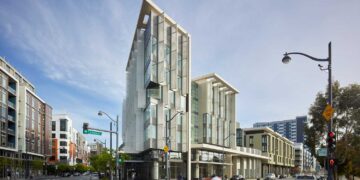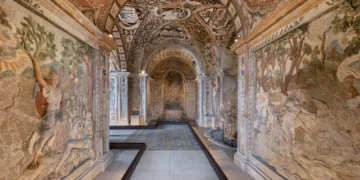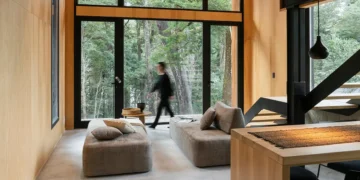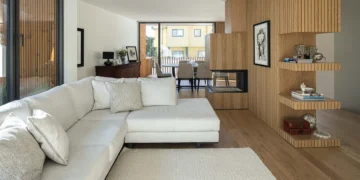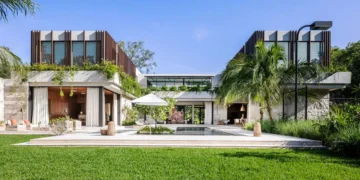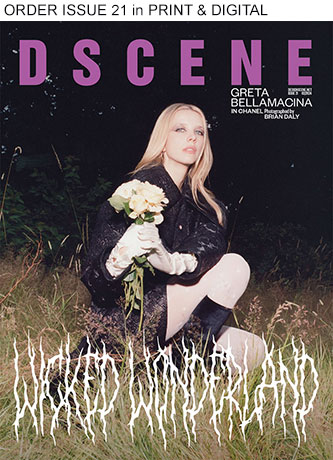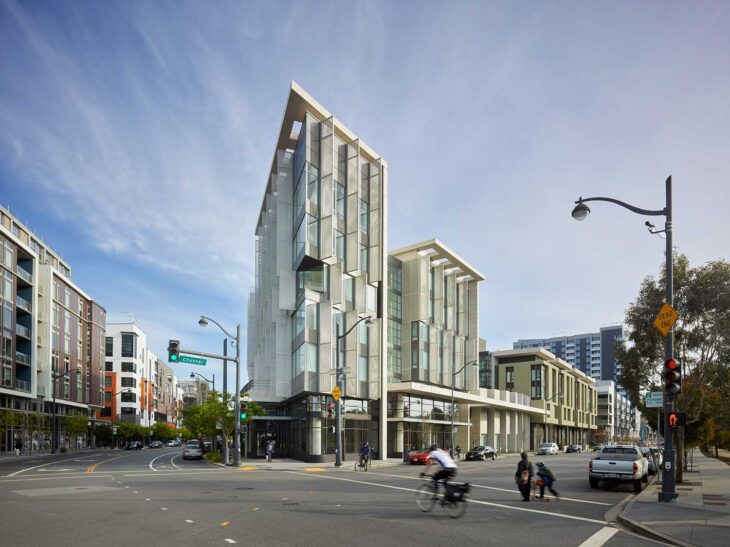
Town centers represent more than just geographical points They are the heart and soul of any community. When meticulously planned and beautifully designed, these centers have the power to transform a mundane town into a vibrant hub, enhancing the quality of life for residents, fostering social interactions, invigorating the local economy, and instilling a deep sense of community pride.
Incorporating beautification elements can make a profound difference. In this article, we’ll explore these key elements of beautification, serving as an essential guide for town planners aiming to breathe life and charm into their town centers.
Infrastructure
While infrastructure is primarily built to serve functional needs, it holds a remarkable potential for beautification. Street furniture, lighting, signage, and waste management facilities can be artfully designed and organized to enhance the overall aesthetic appeal. For instance, aluminum sign posts, apart from being sturdy and resistant to weather, can lend a sleek, modern look to the town center.
When it comes to lighting, opting for warm, low-level lighting can create a cozy and welcoming ambiance after sunset. Similarly, waste management facilities can be cleverly disguised or aesthetically designed to merge with the surrounding landscape.
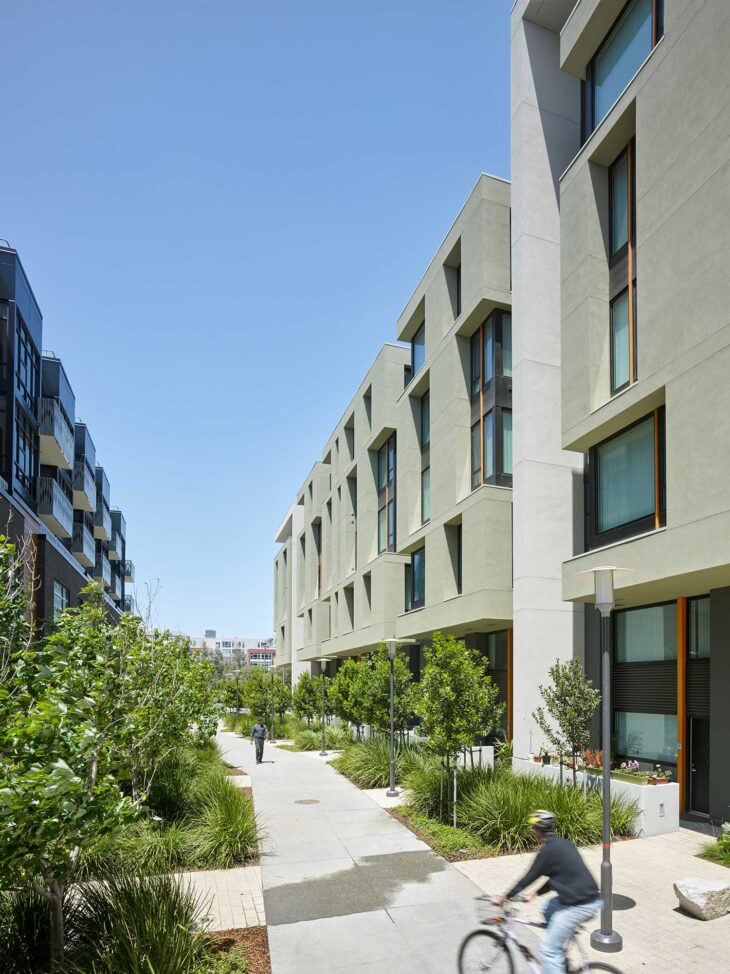
Landscape architecture
The first brushstroke in the canvas of urban beautification is landscape architecture. It forms the green foundation upon which a thriving town center blossoms. The strategic placement of parks and green spaces, planting of local and resilient vegetation, and the design of street trees can transfigure the aesthetic landscape of any town center.
Green spaces not only contribute to the visual allure but also act as natural sanctuaries in bustling town life. They foster sustainability by enhancing local biodiversity and improving air quality. As planners, it’s important to opt for native plants that are acclimatized to local conditions, require less water and care, and bloom in different colors throughout the year, ensuring a perennial visual feast.
Building facades
The buildings that make up a town center frequently best represent its personality. As a result, making improvements to the aesthetic appeal of storefronts and public buildings becomes an extremely important task. This could involve a wide variety of strategies, such as adopting a consistent color palette or encouraging local businesses to commission murals to be painted on the exteriors of their buildings.
Maintaining architectural consistency can give the urban landscape a pleasing rhythm, and the preservation and refurbishment of historical buildings can impart a unique charm and a sense of nostalgia. Both of these effects can be achieved through careful planning. The incorporation of sustainable design elements, such as green walls or rooftop gardens, can further enhance the aesthetic appeal while simultaneously promoting environmental responsibility.
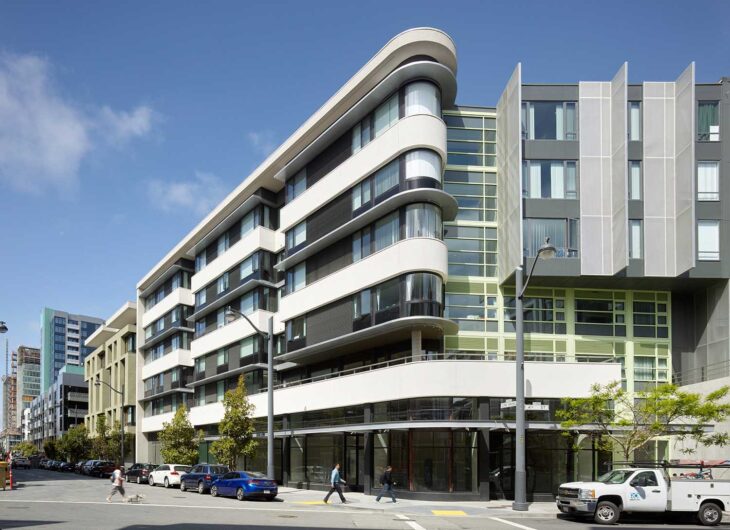
Public spaces
Last but not least, public places serve as the stages upon which the theater of everyday life in a community is acted out. These spaces ought to have a design that encourages interaction, inclusivity, and activity on the part of its users. Creating buzzing nodes that are buzzing with activity and public participation through the use of pedestrian-friendly walkways, cycling paths that are safe, comfortable seating areas, and flexible spaces for public performances is possible. It is of equal importance to cater to people of all different ages.
DISCOVER MORE ARCHITECTURE ON DSCENE
Playgrounds for the children, outdoor exercise equipment or chess tables for the adults, and quiet places for the senior citizens to relax and unwind are some of the amenities that may be provided. The creation of inclusive spaces not only encourages people to engage in physical activity and social interaction, but it also makes a positive contribution to the mental health of the community as a whole.
Images from 1180 Fourth Street by Kennerly Architecture & Planning and Mithun|Solomon – See the full story on Archiscene
